How "Fast" is the Speed of Light? Light travels at a constant, finite speed of 186,000 mi/sec. A traveler, moving at the speed of light, would circum-navigate the equator approximately 7.5 times in one second. By comparison, a traveler in a jet aircraft, moving at a ground speed of 500 mph, would cross the continental U.S. once in 4 hours.. The speed of light in vacuum, commonly denoted c, is a universal physical constant that is exactly equal to 299,792,458 metres per second (approximately 300,000 kilometres per second; 186,000 miles per second; 671 million miles per hour ). According to the special theory of relativity, c is the upper limit for the speed at which conventional.

PPT Chapter 1 Here and Now PowerPoint Presentation, free download ID3207298

Ever Wondered Why The Speed Of Light Is What It Is?
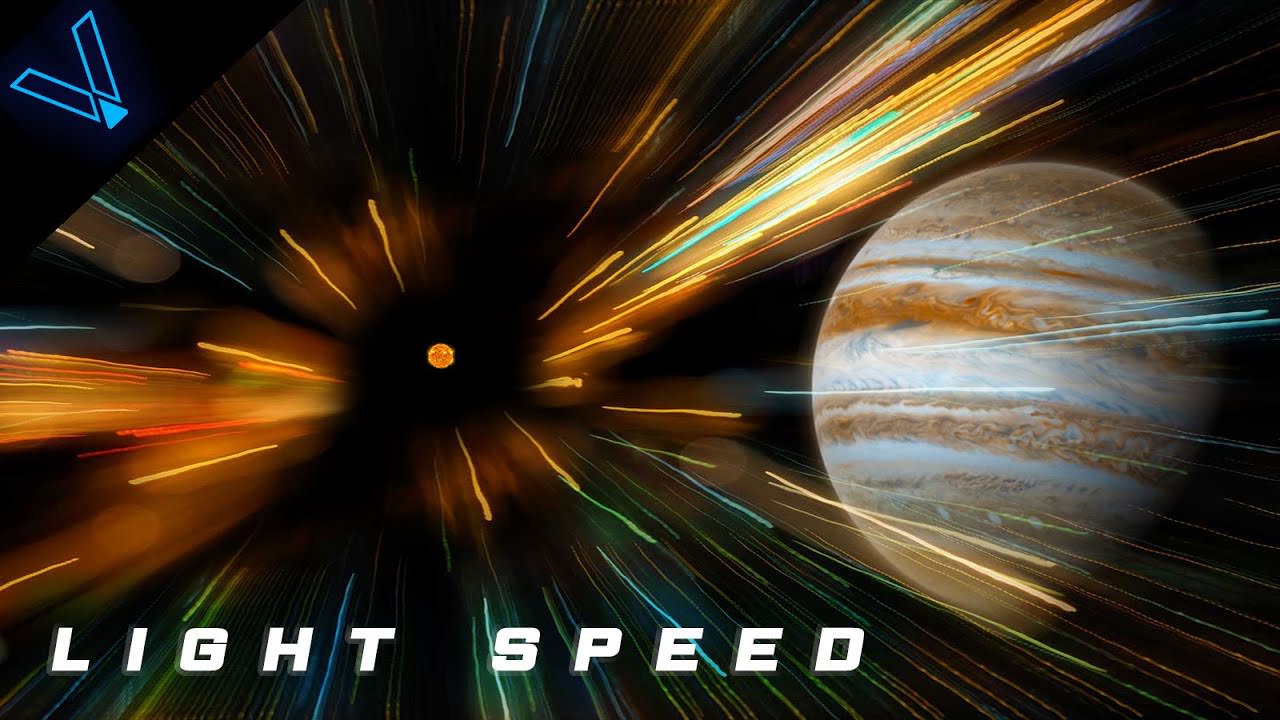
How Fast is the Speed of Light in Space

What Is the Speed of Light?
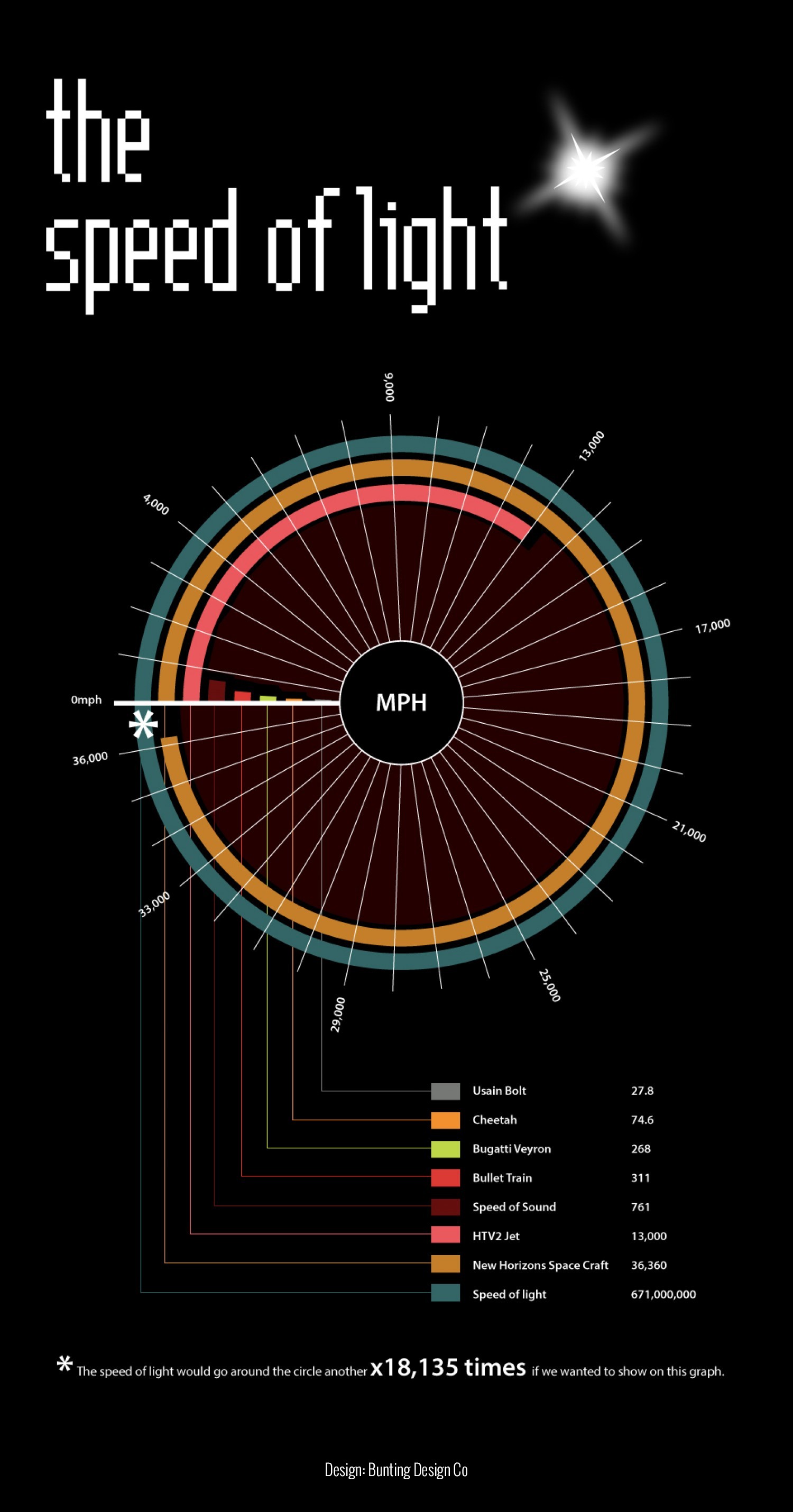
The Speed of Light Compared Visual.ly
fadesignerrj Speed Of Light In Kilometers Second

What is the Speed of Light in mph? YouTube
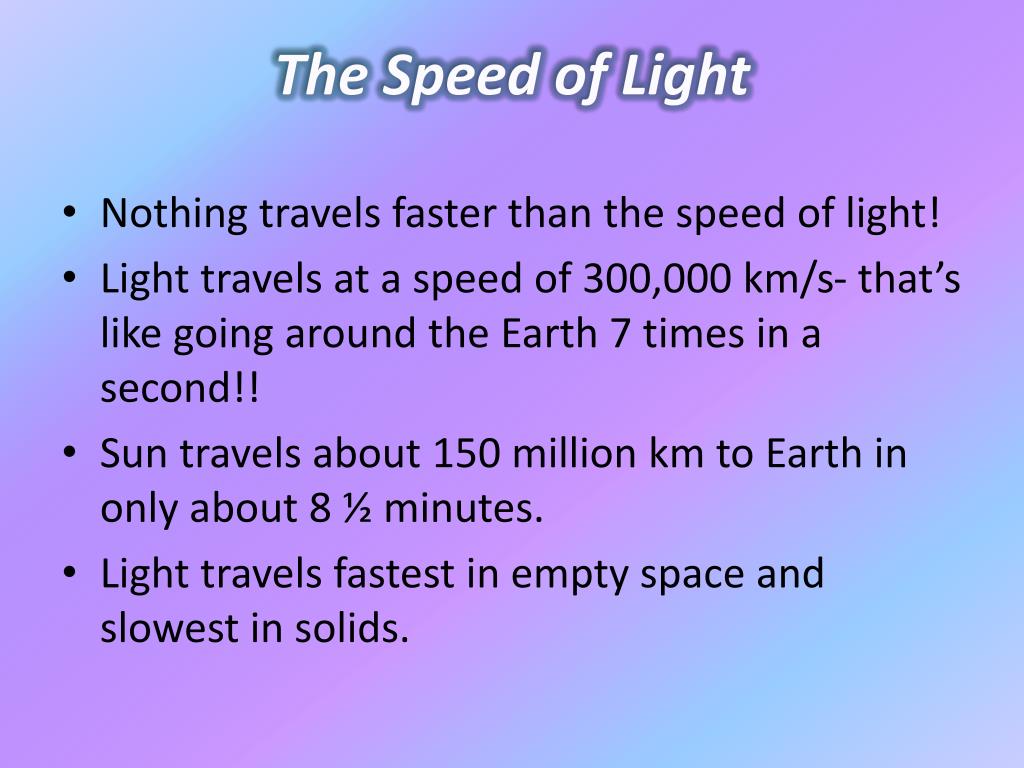
PPT Light PowerPoint Presentation, free download ID6132976

Speed Of Light to Miles Per Hour Conversion (c to mph)
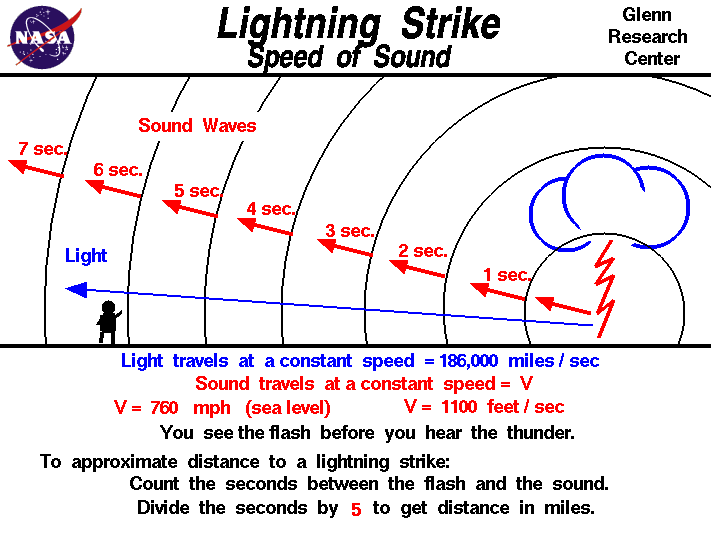
Lightning Strike

Light Speed fast, but slow YouTube

PPT Chapter 27 PowerPoint Presentation ID257821
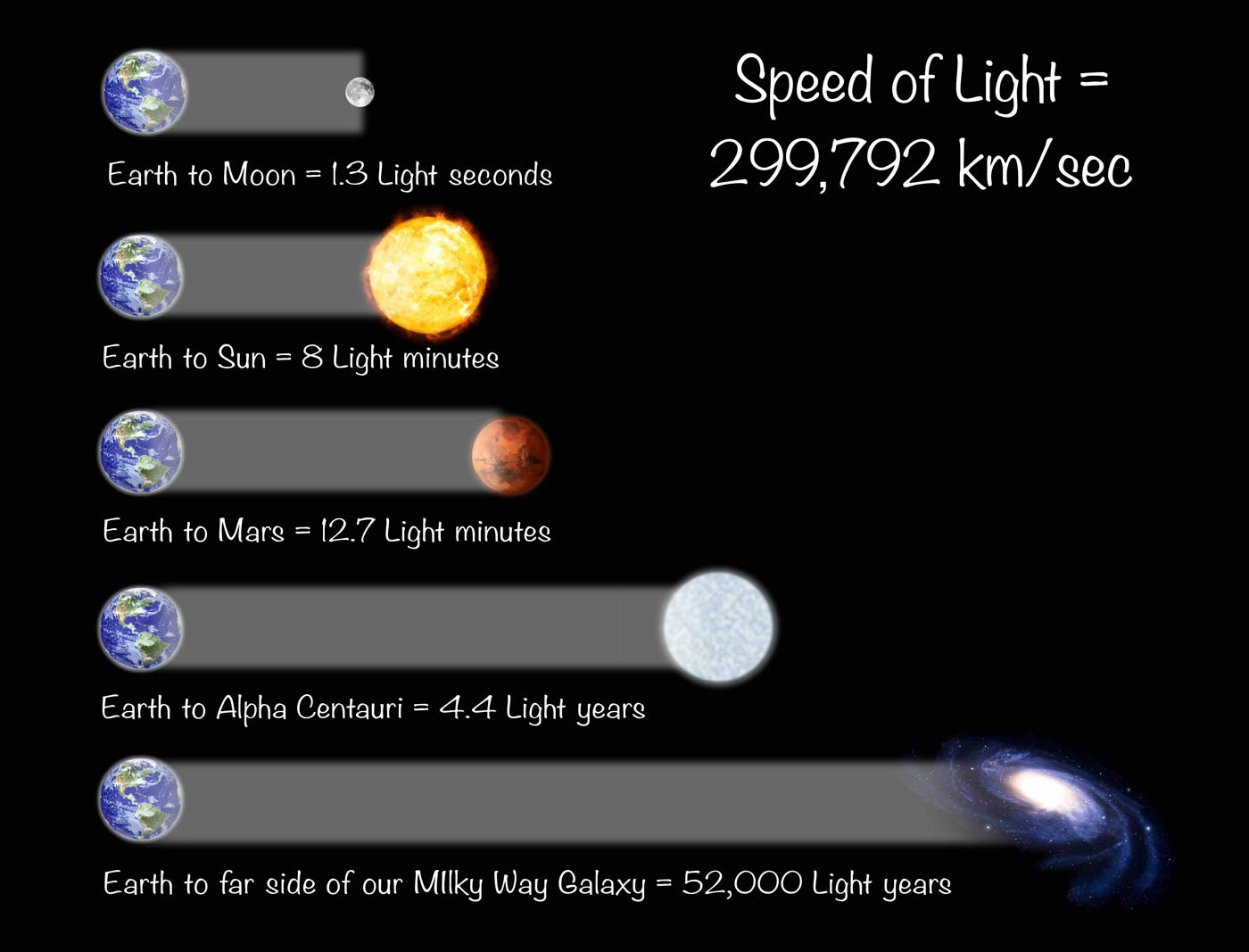
How fast is the speed of light?

Kilometers per Hour to Speed of Light Conversion (km/h to c)

Speed of Light Facts, Information, History & Definition

Light travels at a speed of 3.0×10^10cm/s what is the speed of light in km/h

What is the speed of light? WhatMaster

SPEED OF LIGHT AROUND EARTH7,5 laps/sec •FASTEST MANNED VEHICLE114,080 Years to Reach Nearest

how to convert speed of light km/s YouTube
/GettyImages-1055846884-5c429fb7c9e77c0001f602c3.jpg)
All About the Speed of Light and What It Measures
The speed of light is a constant that is a defined value. It is exactly 299,792,458 meters per second. The speed of light is the rate at which light travels. The speed of light in a vacuum is a constant value that is denoted by the letter c and is defined as exactly 299,792,458 meters per second. Visible light, other electromagnetic radiation, gravity waves, and other massless particles travel.. The value of 299,792,458 meters per second (186,282 miles per second) is the speed of light in a vacuum. However, light actually slows down as it passes through different media. For instance, when it moves through glass, it slows down to about two-thirds of its speed in a vacuum. Even in air, which is nearly a vacuum, light slows down slightly.